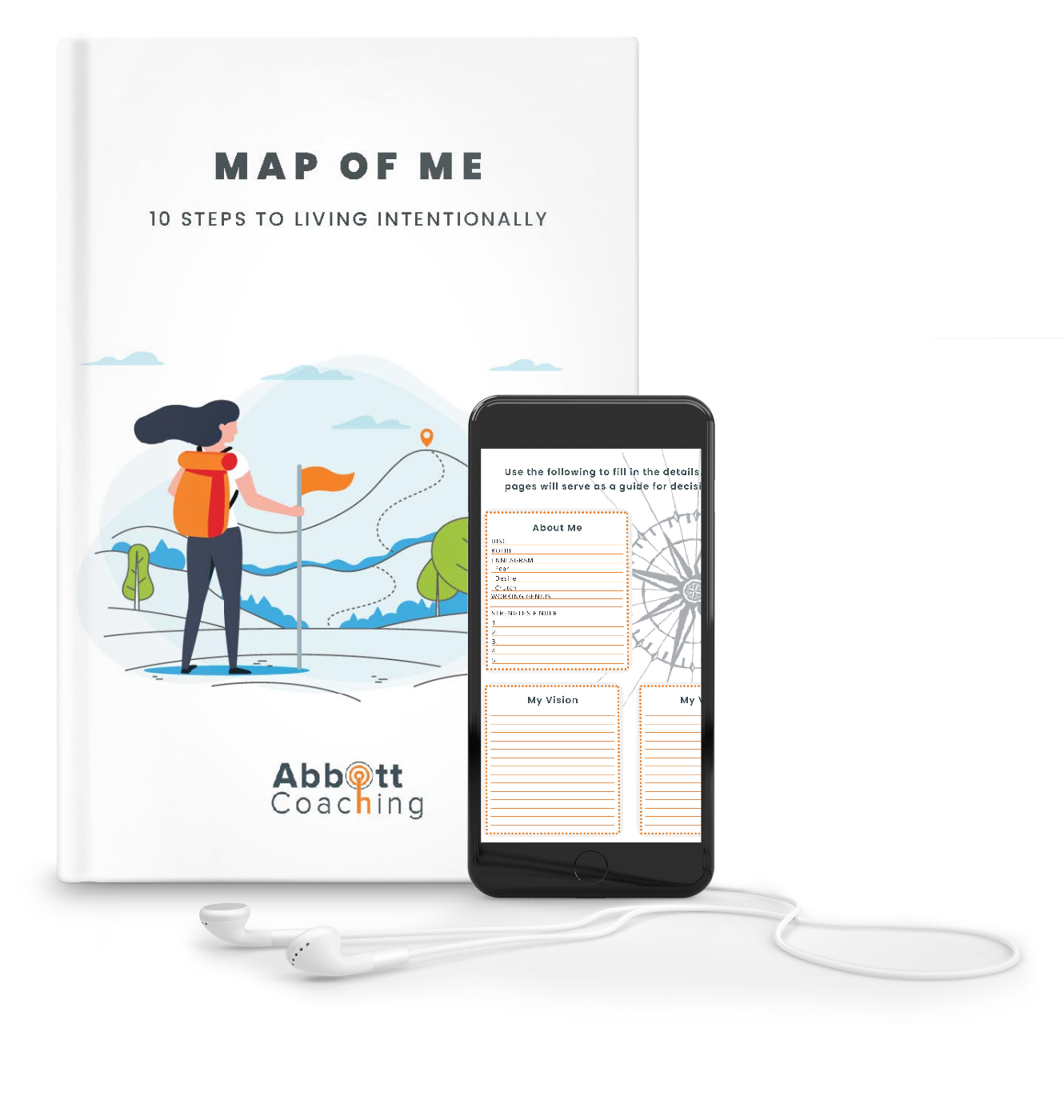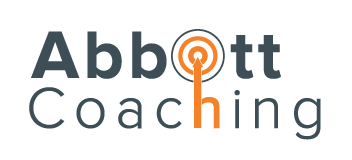Gratitude and joy tend to go hand-in-hand.
This may seem obvious – when we feel joy in our lives, we often feel appreciation for the conditions or environment that helped create the feelings of satisfaction.
However, the relationship between joy and gratitude is more nuanced and interwoven. Rather than expecting to feel gratitude after finding joy, we should think of these two in reverse order. Gratitude is typically discovered first, and we thereby construct the environment for feeling joy.
When we actively find the elements of our lives that we are grateful for, we intentionally choose to reframe our perspective and focus on the positive, putting less weight on the negative. Practicing gratitude directs our attention to the things that give us joy and gives the things that cause us stress less power over us. In a sense, gratitude is like an elixir to many of our woes if we ever find ourselves stuck in negative mindsets.
As a plus, a gratitude practice works much like any other practice – the more you do it, the easier and more natural it becomes. When we elect to feel grateful (even in small ways) we are essentially training our brains to explore new positive ways of thinking. After practicing a few times, it starts to become second nature, and feelings of joy become more frequent and part of our norm.
In my recently-released book, Your Life Is Not A To-Do List: Tools for a More Joyful Entrepreneurial Journey, I discuss how infusing my days with moments of gratitude and maintaining a routine gratitude practice transformed my perspective on my past traumas and invited joy into my life.
To share my experience (and give you a sneak peek into my book), I’ve broken down how gratitude impacts our mindsets and how best to incorporate a daily gratitude practice into your routine.
Gratitude Practice: A Deep Dive
Developing or improving your practice of gratitude can have profound positive impacts on your life and create mindsets conducive to joyfulness. In an interview for The Global Leadership Summit, Brené Brown states,
“The relationship between joy and gratitude was one of the important things I found in my research. I wasn’t expecting it. In my twelve years of research on eleven thousand pieces of data, I did not interview one person who had described themselves as joyful, who also did not actively practice gratitude. For me, it was very counterintuitive because I went into the research thinking that the relationship between joy and gratitude was: if you are joyful, you should be grateful. But it wasn’t that way at all. Instead, practicing gratitude invites joy into our lives.”
A recent Harvard Medical School article researched the scientifically proven benefits of gratitude. They reported the following results:
“In positive psychology research, gratitude is strongly and consistently associated with greater happiness. Gratitude helps people feel more positive emotions, relish good experiences, improve their health, deal with adversity, and build strong relationships.”
Gratitude can even affect your business. Statistics show that employees who experience more gratitude at work report fewer depressive symptoms and stress. Ninety-five percent of employees agree that a grateful boss is more likely to be successful. Also, 70% of employees would feel better about themselves and 81% would work harder if their boss were more grateful. Finally, regular gratitude journaling has resulted in a 5%–15% increase in optimism and a 25% increase in sleep quality.
Some of my favorite gratitude practices are journaling, writing thank-you notes, counting my blessings daily, praying, and meditating. No matter how small the moment, I try to include gratitude as much as possible. I enjoy starting my day by taking a few moments to be grateful for waking and ending my day by listing what I am grateful for.
Here is a fun little activity that I use when I feel my focus needs adjustment. I put ten pennies in my left pocket. When I see something that makes me feel grateful, I move a penny from my left pocket into my right pocket. The mission is to end the day with all ten pennies in my right pocket. The practice allows us to look intentionally and consistently for the good in our lives.
One day, I was feeling especially sorry for myself, and I didn’t know how I could move forward. But I had to move pennies. When I tripped on a curb and almost fell, I thought, “Phew, that would have sucked to fall in the street and rip my pants and scrape my knee.” I realized that was enough gratitude to move a penny today. It’s amazing what a shift in perspective will do – if I were not focusing on my gratitude practice, I might have only dwelled on the fact that I almost fell which is irrelevant and unproductive to life and feeling joy.
Of course, these are my favorite ways of practicing gratitude among many. Each gratitude practice should be developed for the individual, and I encourage searching the internet for “gratitude practices” to find more ideas. You’ll also discover an entire community and follow behind gratitude practices and feel inspired to begin your own.
Another way to incorporate gratitude is to “choose happiness.” A great resource for practices in choosing happiness is Marc and Angel Chernoff’s book 1000+ Little Things Happy, Successful People Do Differently. They wrote,
“Happiness is a choice. For every minute you are angry or irritated, you lose sixty seconds of happiness. Be happy. Be yourself. If others don’t like it, then let them be. Life isn’t about pleasing everybody. If you have the courage to admit when you’re scared, the ability to laugh even as you cry, the nerve to speak up even if your voice is shaking, the confidence to ask for help when you need it, and the wisdom to take it when it’s offered, then you have everything you need to get yourself to a happier state of mind.”
While I make a habit of choosing happiness regularly, I also choose to examine all the other emotions and feel them as needed. Our emotions guide us to see what we need and how we can grow. It is important to let them all in, discerning how, why, and what we need to learn from what we are feeling. I recommend the book by Dr. Susan David, Ph.D., Emotional Agility. She wants to help people get unstuck, embrace change, and thrive in work and life and says we must examine our feelings since they will drive our actions, careers, relationships, happiness, and health.
Understanding how to incorporate gratitude and how to choose happiness has allowed me to feel joy again. I can think of my late husband Tim and embrace all the beautiful memories and fun moments instead of falling apart. My loss will color every special moment for the rest of my life. In each lovely juncture of life — marriage, holidays, business milestones. and successes — my family feels joy, but we also feel the hole left by Tim’s absence.
We must understand, pain and peace can coexist. In her book, When Your Soul Aches: Hope and Help for Women Who Have Lost Their Husbands, Lois Mowday Rabey says, “If we think we must feel the pain no longer to know we are at peace, we will never actually be at peace because the pain may be there forever, in smaller amounts. Pain will always have a place in life here on earth.”
I find so much solace in all areas of my life from understanding these two feelings can be present at once. This means we do not have to have everything figured out to find peace. We can be anxious, sad, and screw up while still having stability. When we practice gratitude, we allow pain and peace to exist simultaneously and adapt our thinking to give the good more power than we give the bad.

I invite you on a journey of self-discovery and personal growth, into ever-increasing authenticity and self-love.
I created my personal Map of Me to help guide my decisions from a place of strength. My Map of Me has awakened me to who I really am, and who I want to be. It allows me to live from my design at my highest and best, as well as plan to shore up the weaknesses—and it’s given me the ability to see and appreciate the differences. I believe that all individuals should be authentic, open and able to express themselves fully with confidence—your Map of Me is your guide for
doing just that.

